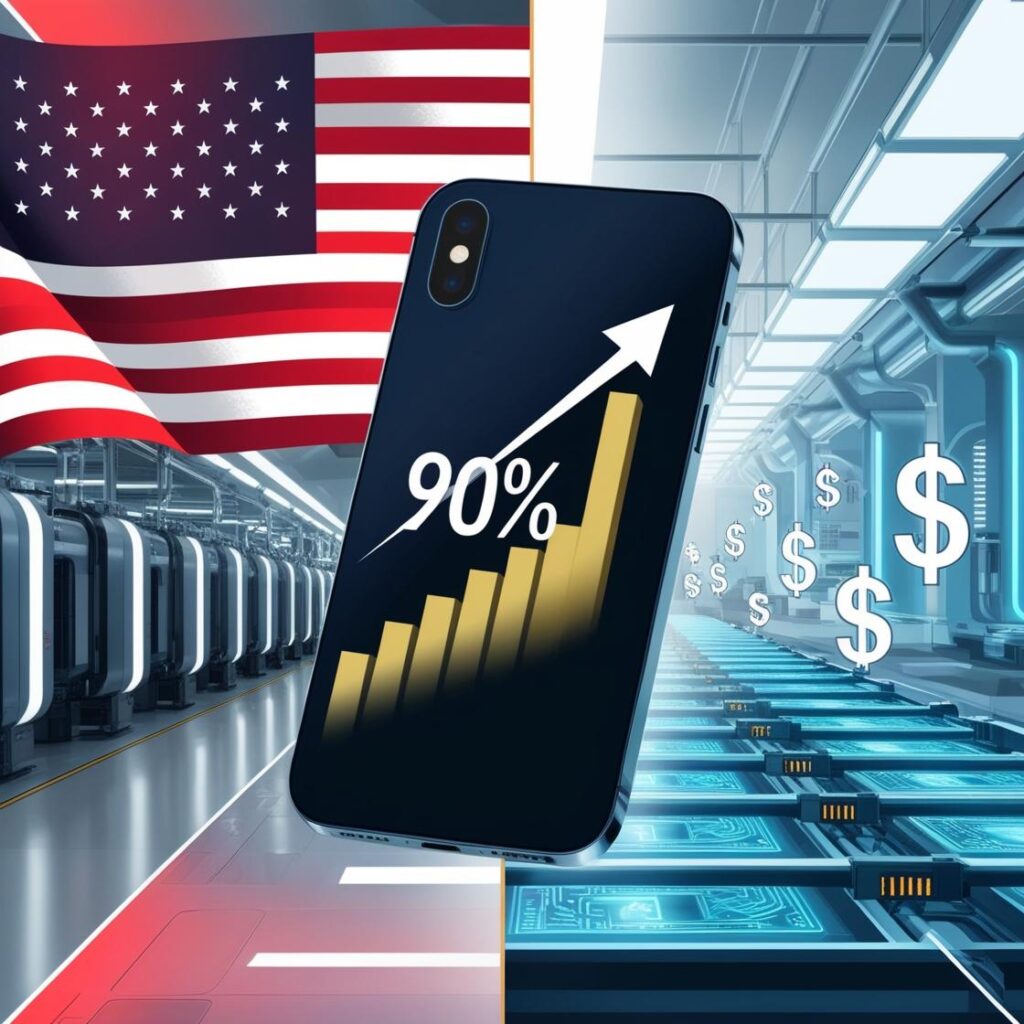With trade tensions between the US and China escalating, analysts at the Bank of America have predicted that moving iPhone production from China to the US could significantly increase the product. Vamsi Mohan, a leading analyst at the bank, said that it is technically possible to assemble the iPhone in the US. Still, numerous challenges and increased costs would accompany the decision.
Report published by Bloomberg
According to a Bloomberg report, the difference in labor wages alone in the US could increase iPhone production by 25%. Even if Apple employs local workers to finalize its products, a large part of the components needed for the iPhone are imported from China. If these parts are subject to heavy tariffs, the final cost could increase by 90% or even more.

Trump Says Apple Can Make IOS in America
The analysis comes after the second Trump administration decided to move Apple’s products to China, which it said was substandard and needed to be transferred to the United States. White also said the president believes the United States has enough labor and resources to produce the iPhone domestically.
Policy in its new trade policy
The Trump administration’s new trade policy, which includes complete statements on iPhone production in the United States, has increased tariffs on imports from China to 125 percent while suspending tariffs on 185 other countries for 90 days. In response, China has imposed retaliatory tariffs of up to 84 percent on American goods. The trade dispute has directly impacted the stock market, with the company’s shares falling 14 percent after the new tariffs were announced. The drop was a $47 billion loss in Apple’s market value. Apple has recovered some losses, but its stock has been down 23 percent since the start of the year.

Docs’ Opinion
Strategies Moving full iPhone production to the US would require significant tariff exemptions for parts imported from other countries. However, that seems unlikely at the moment. For this reason, Apple is expected to focus on diversifying its supply chain rather than moving production entirely to the US. For example, it could develop the iPhone in India, where production costs are much lower.
Apple has not made any official statements about its plans to deal with the new tariffs. The company will have to pay a 125 percent tariff on imports from China but will only pay a 10 percent tariff on products imported from countries like India, Taiwan, or Vietnam. Given these circumstances, it is expected to adjust its decisions accordingly to maintain competitiveness in the global market.

